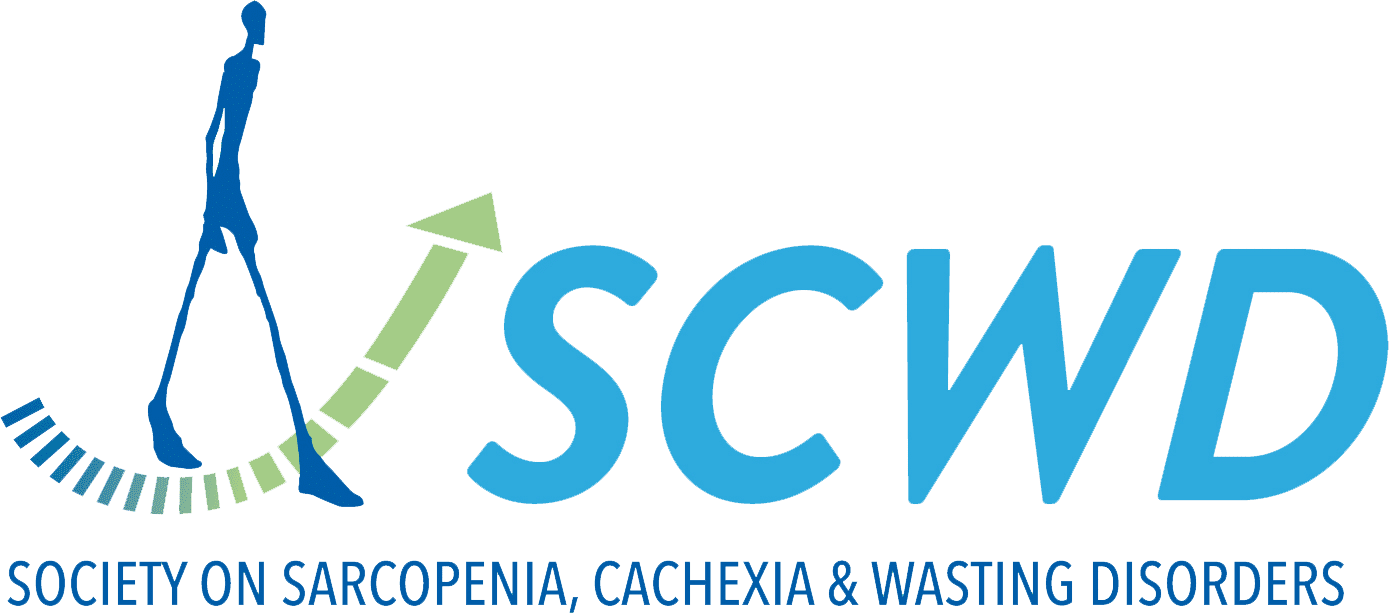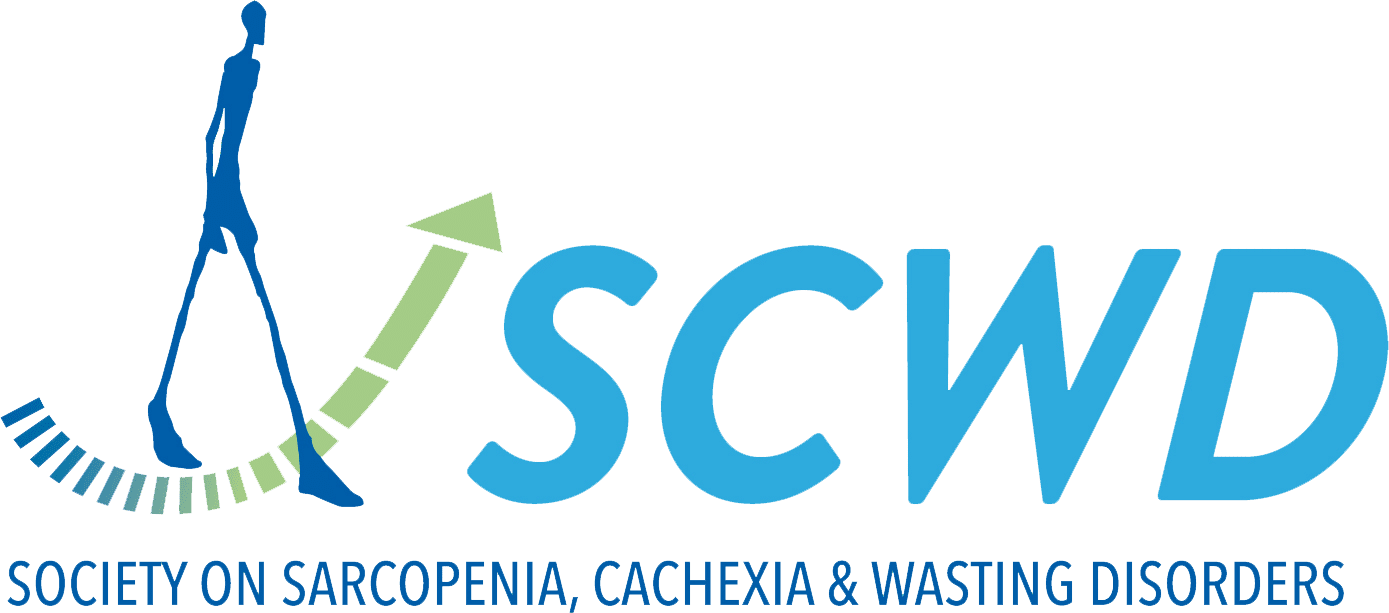Multi-omic profiling of sarcopenia identifies disrupted branched-chain amino acid catabolism as a causal mechanism and therapeutic target.
Sarcopenia is a geriatric disorder characterized by a gradual loss of muscle mass and function. Despite its prevalence, the underlying mechanisms remain unclear, and there are currently no approved treatments. In this study, we conducted a comprehensive analysis of the...


